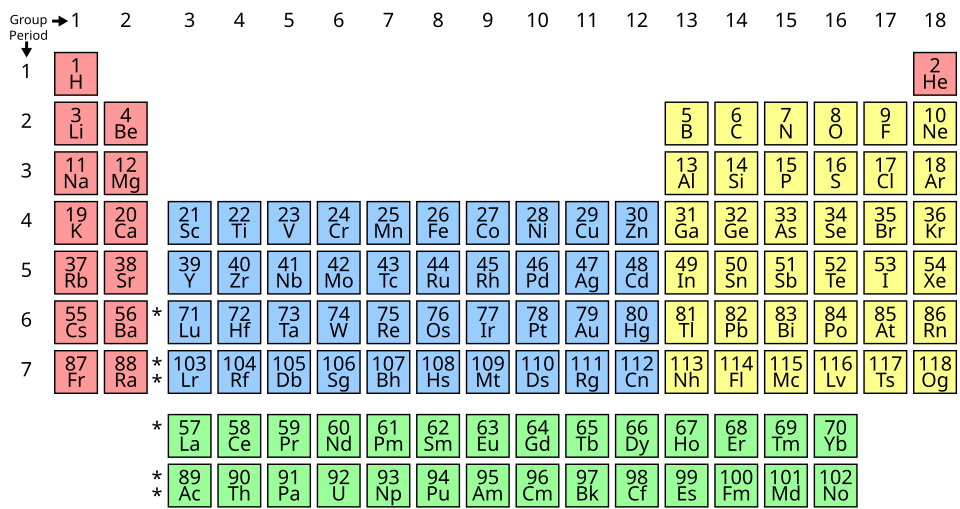The Periodic Table: An Architectural Masterpiece of Matter
The Periodic Table of Chemical Elements stands as one of science’s most profound achievements, an elegant and predictive framework that organizes the fundamental building blocks of the universe. [1] It is far more than a mere chart; it is the embodiment of the periodic law, which posits that the properties of chemical elements are a periodic function of their atomic number. [2][3] This organized array reveals deep-seated relationships governing elemental behavior, allowing scientists not only to understand the properties of known elements but also to predict those of elements yet to be discovered. [3] The table’s structure, a product of over two centuries of scientific inquiry, is a testament to the cumulative nature of knowledge, with contributions from figures like Antoine Lavoisier, Johann Wolfgang Döbereiner, and John Newlands paving the way for its ultimate realization. [4][5] The initial breakthrough by Russian chemist Dmitri Mendeleev in 1869, who arranged the then-63 known elements by atomic mass, was an act of profound insight. [4][6] His genius was most evident in his decision to leave gaps in his table for undiscovered elements, a bold move that demonstrated his deep conviction in the underlying periodic principle. [5] This foresight was spectacularly vindicated with the subsequent discovery of gallium, scandium, and germanium, whose properties closely matched his predictions for “eka-aluminum,” “eka-boron,” and “eka-silicon,” respectively. [7][8]
The modern periodic table owes its definitive structure to a pivotal refinement made in 1913 by English physicist Henry Moseley. [9] Through experiments involving the X-ray spectra of elements, Moseley established a direct relationship between an element’s X-ray frequency and its number of protons, or atomic number. [10][11] He demonstrated that the atomic number, not the atomic mass used by Mendeleev, was the true organizing principle of the elements. [10][12] Rearranging the elements by increasing atomic number resolved the few inconsistencies present in Mendeleev’s table, such as the placement of tellurium before iodine. [13] This fundamental shift solidified the table’s foundation in atomic structure and quantum mechanics. [3] The table’s architecture was further refined in the 1940s by American chemist Glenn T. Seaborg. [4] His work on transuranic elements led to the “actinide concept,” which proposed that elements 89 through 103 form a second inner transition series, analogous to the lanthanides. [14][15] This insight led to the modern layout, where the f-block elements—the lanthanides and actinides—are placed below the main body of the table, a configuration that more accurately reflects their electron configurations and chemical similarities. [16][17] Seaborg’s contribution was so significant that it led to a redrawing of the periodic table into its current, universally recognized form. [17]
The power of the periodic table lies not just in its organization but also in its ability to illuminate recurring patterns, or periodic trends, in elemental properties. [1] These trends in atomic radius, ionization energy, and electronegativity are direct consequences of the elements’ electron configurations as one moves across periods and down groups. [1] This predictive capacity extends to the frontiers of chemistry, guiding the synthesis of superheavy elements. Scientists in laboratories worldwide, such as at the Joint Institute for Nuclear Research and Oak Ridge National Laboratory, are pushing the boundaries of the known universe by attempting to create elements 119 and 120. [18][19] The synthesis of these elements involves bombarding heavy actinide targets, like californium or curium, with beams of lighter ions at incredible speeds. [18][19] The goal is to reach the predicted “island of stability,” a theoretical region of superheavy nuclei with specific “magic numbers” of protons and neutrons (such as 114, 120, or 126 protons and 184 neutrons) that are expected to be significantly more stable than their neighbors, potentially having half-lives long enough for their chemical properties to be studied. [19][20] The study of these ephemeral creations provides crucial insights into the nuclear forces that hold atoms together. [19]
The practical utility of the periodic table is demonstrated through the diverse applications of its element families. The alkali metals of Group 1, for instance, are crucial in both biological systems and modern technology; sodium and potassium ions are vital for nerve function, while lithium is a cornerstone of rechargeable battery technology. [21][22] The alkaline earth metals in Group 2 have applications ranging from medicine, where barium compounds are used in medical imaging and magnesium is a component of antacids, to industrial uses, such as in alloys and fireworks. [21][23] The metalloids, which form a diagonal bridge between metals and nonmetals, are the backbone of the modern electronics industry. [24][25] Silicon and germanium, as semiconductors, are the fundamental materials for computer chips and solar panels, their controlled conductivity enabling the digital revolution. [24][26] The halogens in Group 17 are highly reactive nonmetals used in everything from water disinfection (chlorine) to chemical synthesis. [27][28] In stark contrast, the noble gases of Group 18 are defined by their chemical inertness, a property that makes them invaluable for creating controlled atmospheres in applications like welding and lighting. [29][30] Finally, the f-block elements have unique and critical roles. Lanthanides are essential in high-strength alloys, optical devices like night-vision goggles, and catalysts for petroleum refining. [31][32] The actinides, valued for their radioactivity, are indispensable in nuclear power generation, nuclear medicine for cancer therapy, and as power sources for deep-space probes and pacemakers. [31][33]



